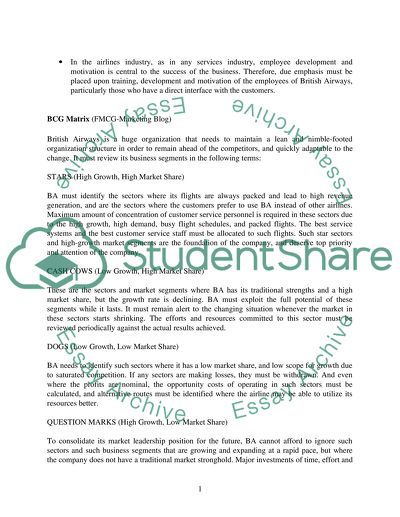Cite this document
(Michael Porter's Model of Competitive Advantage Case Study, n.d.)
Michael Porter's Model of Competitive Advantage Case Study. Retrieved from https://studentshare.org/marketing/1550767-extra-payment
Michael Porter's Model of Competitive Advantage Case Study. Retrieved from https://studentshare.org/marketing/1550767-extra-payment
(Michael Porter'S Model of Competitive Advantage Case Study)
Michael Porter'S Model of Competitive Advantage Case Study. https://studentshare.org/marketing/1550767-extra-payment.
Michael Porter'S Model of Competitive Advantage Case Study. https://studentshare.org/marketing/1550767-extra-payment.
“Michael Porter'S Model of Competitive Advantage Case Study”. https://studentshare.org/marketing/1550767-extra-payment.


